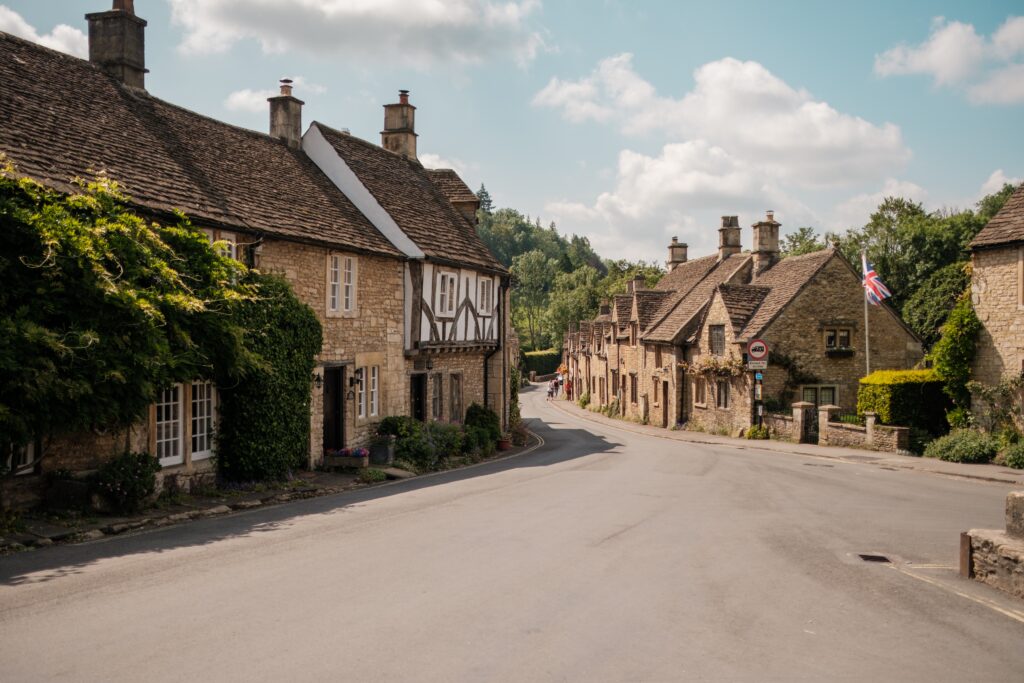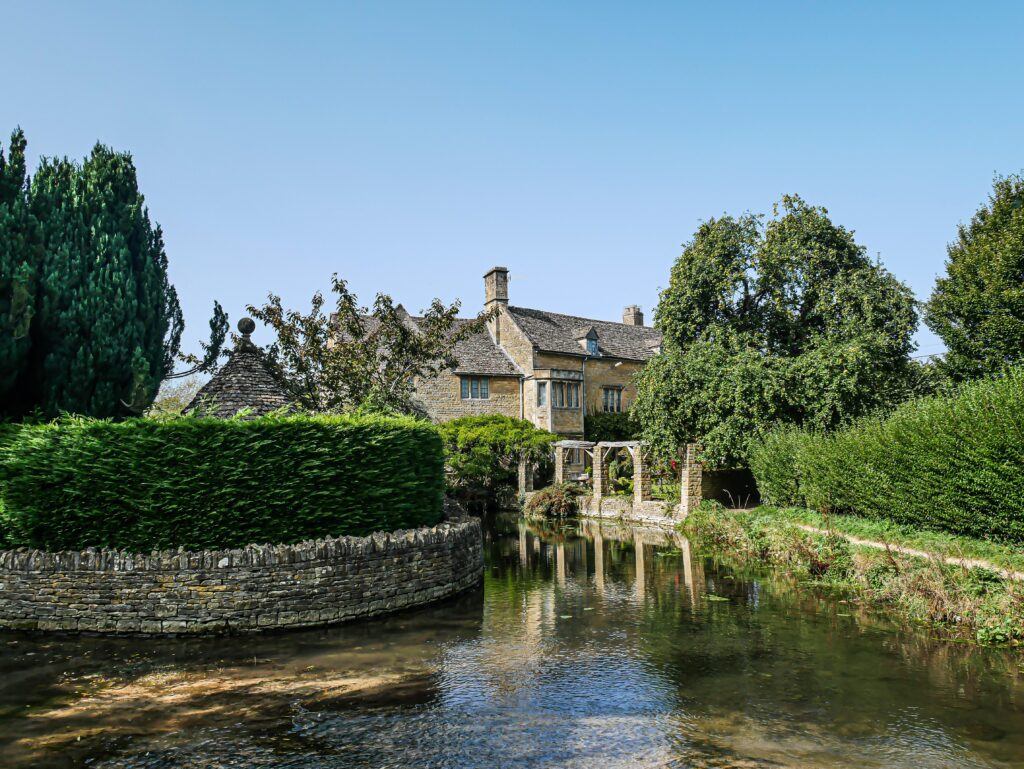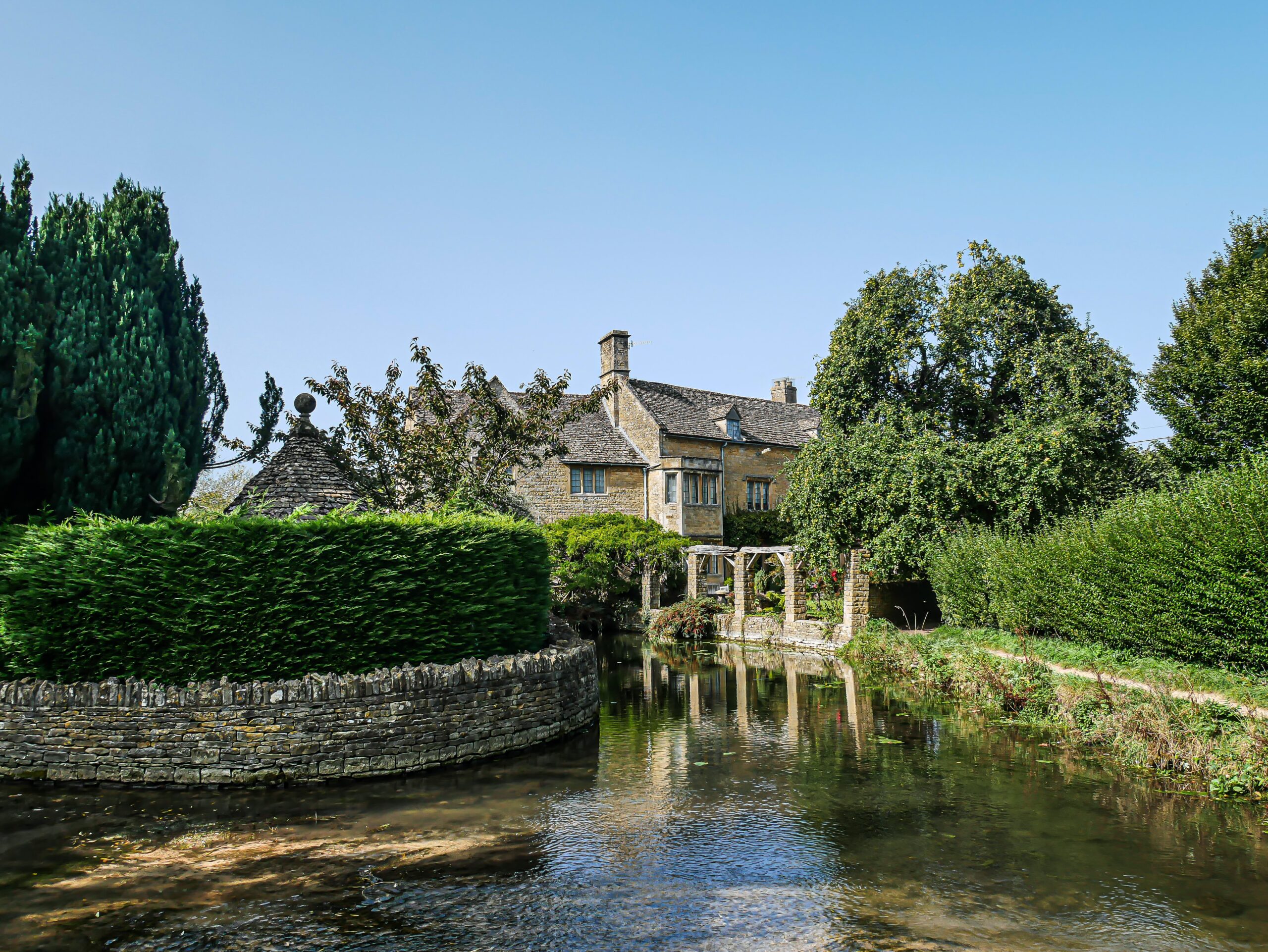Have you ever wondered about the fascinating history of the Cotswolds? This picturesque region in south-central England is teeming with stories of ancient civilizations, Roman invaders, and medieval trade. From its humble beginnings as a bustling wool trade hub to its fame as a popular tourist destination today, the Cotswolds has a rich and diverse history that will captivate your imagination. Let’s take a journey through time and uncover the intriguing past of this enchanting region.

Prehistoric Origins
The history of the Cotswolds dates back to prehistoric times, with evidence of human occupation in the area as far back as the Neolithic period, which lasted from 4000 to 2000 BC. During this time, early settlements emerged as communities began to engage in farming and animal husbandry. The Cotswold Hills provided an ideal location for these early inhabitants, with fertile soils and ample grazing land for livestock.
As the Neolithic period gave way to the Bronze Age, from 2000 to 700 BC, the people of the Cotswolds continued to develop their agricultural practices and expand their settlements. Bronze tools and artifacts have been discovered in the region, indicating the increasing sophistication and specialization of the local communities. The Cotswold Hills became an important hub for trade and communication with neighboring regions, further shaping the development of the area.
The Iron Age, lasting from 700 BC to AD 43, brought further changes to the Cotswolds. The introduction of iron tools and weapons allowed for advancements in agriculture, construction, and defense. Hillforts began to appear on the landscape, serving as communal spaces and fortifications. This period marked the final stage in the prehistoric origins of the Cotswolds, setting the stage for the arrival of the Romans.
Roman Influence
The Roman occupation of Britain, which began in AD 43 and lasted until 410, had a profound impact on the Cotswolds. The Romans recognized the strategic importance of the region and established several settlements, including a major town at Cirencester known as Corinium Dobunnorum. The Cotswolds became a thriving center of trade and commerce, with the Romans introducing new agricultural techniques and infrastructure.
Roman villas were constructed throughout the Cotswolds, showcasing the opulence and influence of the Roman elite. These villas were not only grand residences but also served as centers of administration and agriculture. The remains of mosaic floors, wall paintings, and hypocaust systems found in villa excavations highlight the wealth and sophistication of Roman society in the Cotswolds.
Anglo-Saxon Era
With the decline of Roman rule, the Cotswolds witnessed the emergence of the Anglo-Saxons in the 5th and 6th centuries. The Saxons gradually established their presence in the region, forming small kingdoms and settling in villages and towns. The Kingdom of Mercia, which included parts of the Cotswolds, became one of the most powerful Saxon realms.
Christianity gained influence during the Anglo-Saxon era, with missionaries spreading the faith throughout the Cotswolds. Monastic communities, such as those at Winchcombe and Deerhurst, played a crucial role in the spread of Christianity and the development of education and culture. The era saw the construction of numerous churches and the establishment of ecclesiastical centers, shaping the religious heritage of the Cotswolds.
Norman Conquest and Medieval Period
The Norman Conquest of England in 1066 marked a major turning point in the history of the Cotswolds. Following the conquest, William the Conqueror introduced the feudal system, which restructured land ownership and established a hierarchical society. The Normans reshaped the landscape of the Cotswolds, imposing their own architectural styles and fortifying key locations.
The medieval period witnessed the growth of market towns in the Cotswolds, as trade and commerce flourished. Towns such as Burford, Chipping Norton, and Tetbury became vibrant economic centers, attracting merchants and artisans from far and wide. The Cotswolds also saw prosperity through the wool trade, as the region became renowned for its high-quality wool production.

Religious Heritage
Religion played a central role in medieval society, and the Cotswolds became home to numerous monasteries and abbeys. These religious institutions, such as Hailes Abbey, Tewkesbury Abbey, and St. Mary’s Priory in Deerhurst, influenced the cultural and architectural landscape of the area. The monasteries served as centers of learning, artistic production, and spiritual devotion.
Churches also played a significant role in the religious heritage of the Cotswolds. The region boasts a wealth of ecclesiastical architecture, with notable examples such as St. James’ Church in Chipping Campden and St. John the Baptist Church in Cirencester. The churches exhibit a range of architectural styles, reflecting the evolving tastes and influences of different periods.
Civil War and its Aftermath
The English Civil War, which raged from 1642 to 1651, had a significant impact on the Cotswolds. The region was divided between Royalist and Parliamentarian factions, resulting in intense conflict and devastation. Cotswold communities suffered from the ravages of war, with many buildings destroyed or damaged.
The restoration of the monarchy in 1660 brought about a period of change and rebuilding. Despite the challenges faced in the aftermath of the war, the Cotswolds experienced a period of prosperity and growth. The wool trade once again flourished, and new industries and developments emerged, transforming the region’s economy.

Industrial Revolution
The Industrial Revolution, which began in the late 18th century, brought significant changes to the Cotswolds. Agricultural innovations, such as improved agricultural machinery and crop rotation systems, revolutionized farming practices. These advancements contributed to increased productivity and efficiency in the agricultural sector.
The development of canals and railways played a crucial role in connecting the Cotswolds with other parts of the country. Canals, such as the Thames and Severn Canal, facilitated the transportation of goods and raw materials, while railways provided faster and more efficient means of travel. These transportation networks opened up new markets and enabled the Cotswolds to further expand its industrial enterprises.
Arts and Crafts Movement
The late 19th and early 20th centuries saw the emergence of the Arts and Crafts Movement in the Cotswolds. Influenced by the ideals of William Morris, the Cotswold School of craftsmanship gained prominence. Traditional skills and techniques were celebrated, resulting in the production of exquisite furniture, textiles, and decorative arts.
The principles of the Arts and Crafts Movement also extended to architecture, with many buildings in the Cotswolds reflecting this design philosophy. The use of local materials and the integration of natural surroundings became key features, resulting in a harmonious blend of buildings and landscape. The craftsmanship and attention to detail showcased in Cotswold architecture continue to be admired and preserved.

20th Century and Modern-day Cotswolds
The Cotswolds, like much of the country, witnessed the effects of the two World Wars in the 20th century. The region played a role in military operations, with airfields and training camps established. The wars brought significant social and economic changes, and the impact of these conflicts can still be seen in the Cotswolds today.
In the post-war era, the Cotswolds experienced a growth in tourism, as people sought to explore the area’s natural beauty and rich history. Conservation efforts gained momentum, leading to the designation of the Cotswolds as an Area of Outstanding Natural Beauty in 1966. This recognition highlights the importance of preserving the region’s unique landscape and cultural heritage.
Conclusion
The history of the Cotswolds is a rich tapestry woven through time, each thread representing the diverse and interconnected influences that have shaped the region. From its prehistoric origins to the present day, the Cotswolds have borne witness to significant developments and transformations. Today, the area stands as a testament to the resilience and enduring beauty of a region steeped in history. With its charming towns, stunning landscapes, and architectural treasures, the Cotswolds continue to captivate visitors from around the world, offering a glimpse into its fascinating past.


